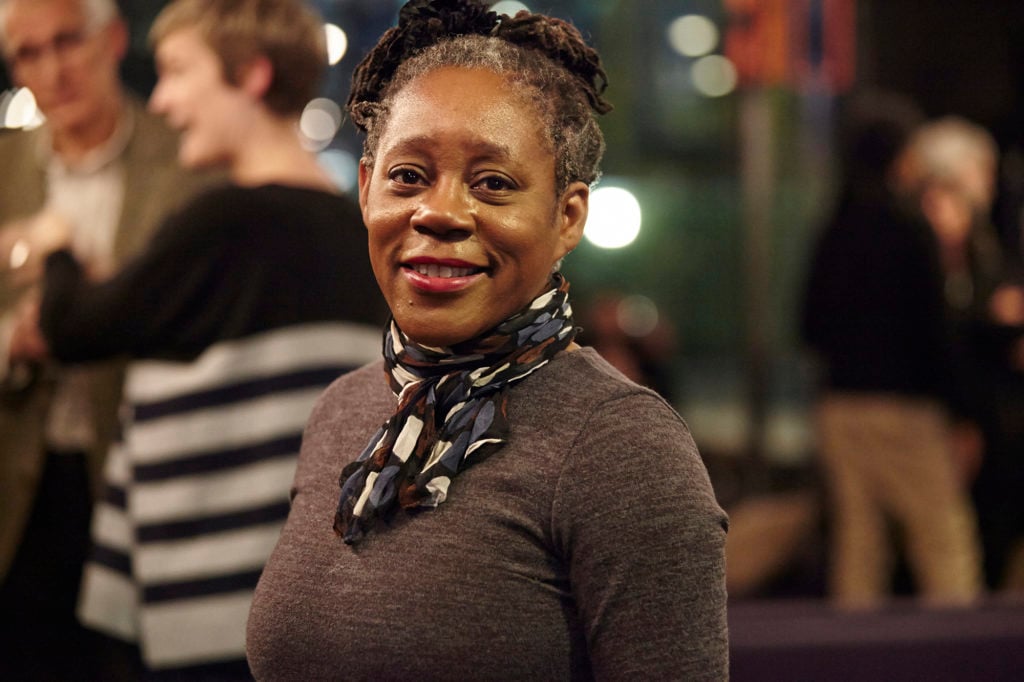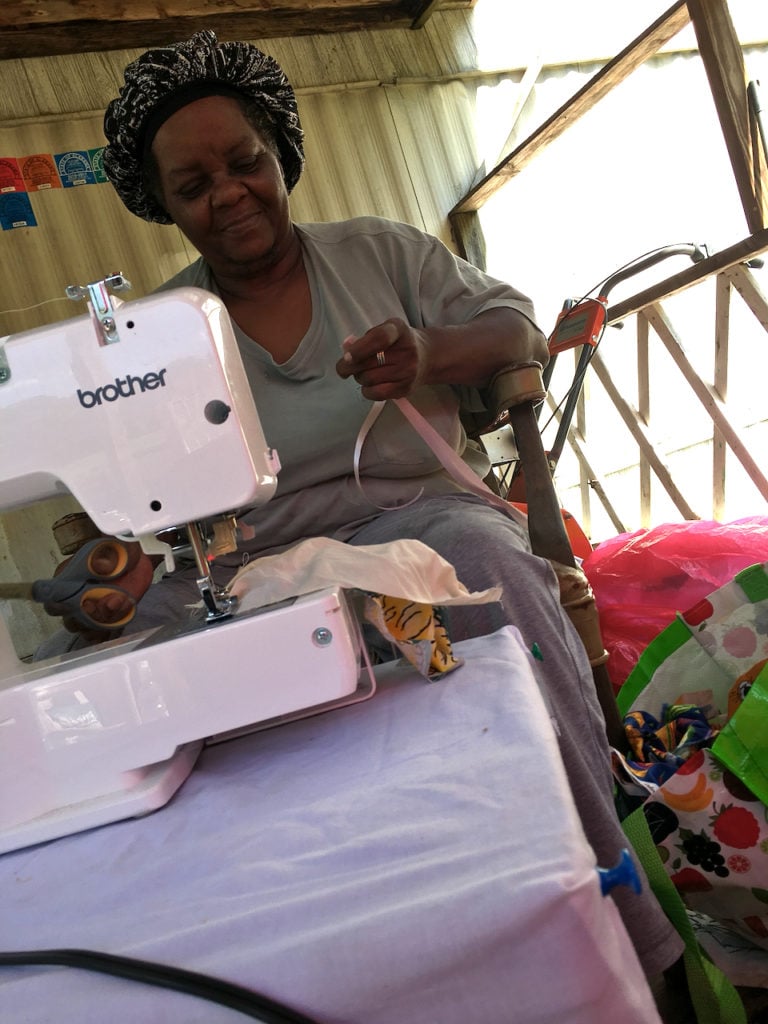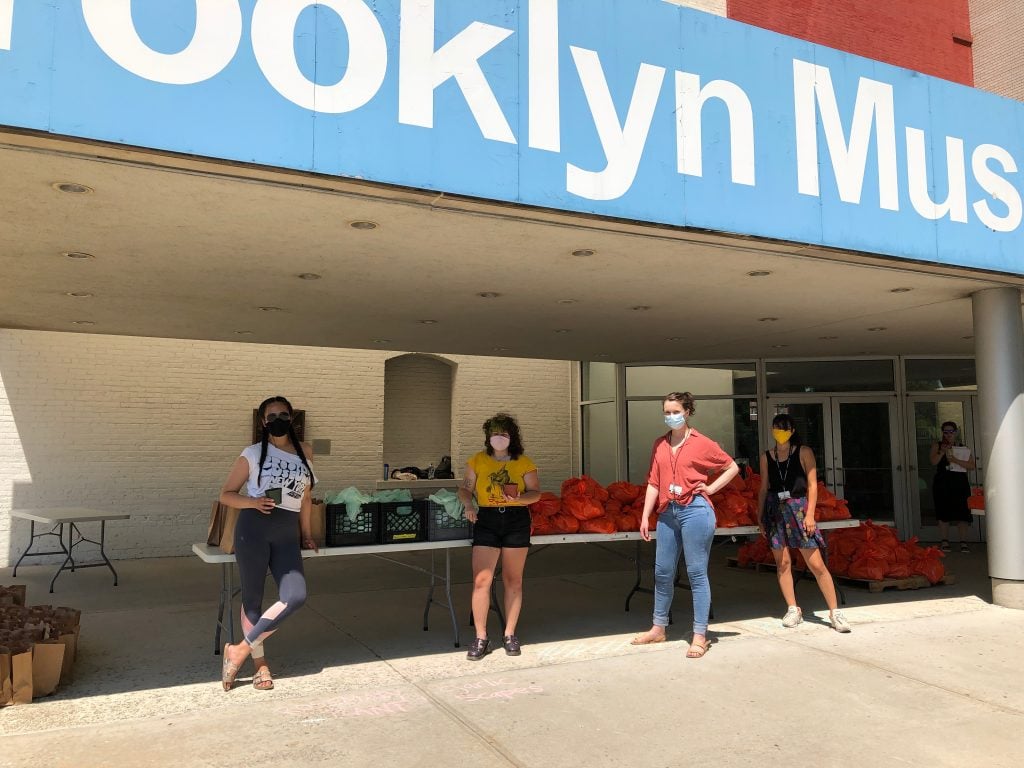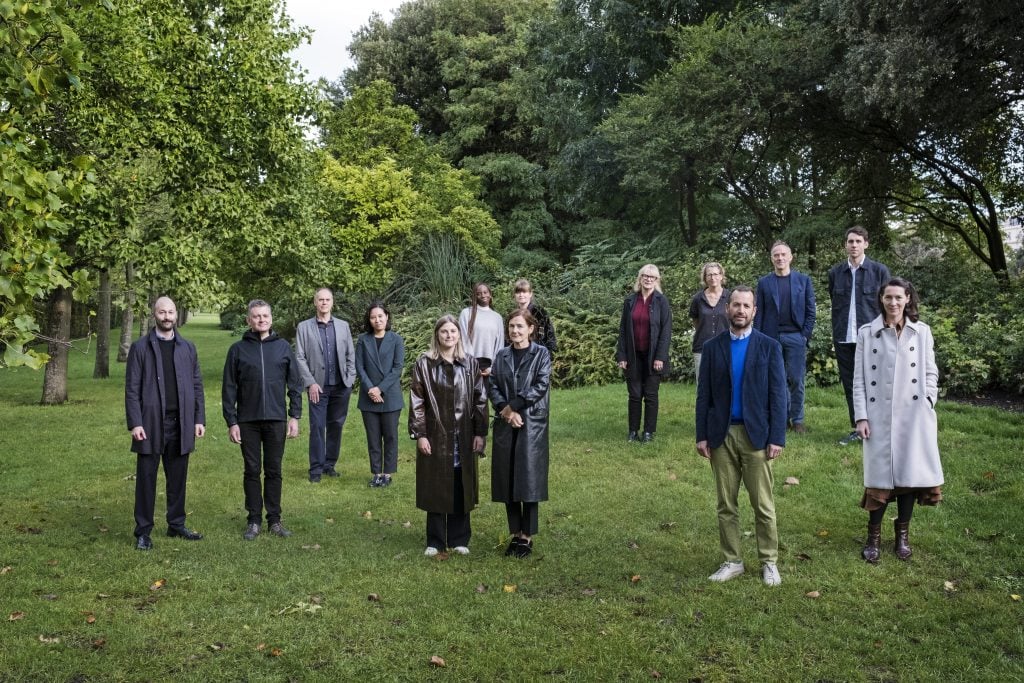Art World
It Wasn’t All Bad: Here Is One Piece of Good Art-World News From Each Month of 2020
Check out 12 of the best things to come out of this hellish year.

Check out 12 of the best things to come out of this hellish year.

Artnet News

During this chaotic and unprecedented year, the art world was forced to come together—and come up with new ideas. From the creation of a new gallery space run by an all-Black staff to Gee’s Bend quilters working hard to keep their community safe, it turns out that some good things actually did happen in 2020. Check out one piece of good news from each month of this year.
To start the year off strong, Germany’s culture ministry (something of a hero in 2020, actually) launched a special office in January with the sole purpose of helping people reclaim World War II-era looted art. The newly established “help desk” aims to make a notoriously bureaucratic and complicated process much easier. Since then, it has been cited as a model by other countries hoping to improve their own restitution records.

Artist Sonia Boyce. Photo by Paul Cochrane, courtesy of UAL, 2013.
Artist Sonia Boyce was selected to represent the UK at the 59th Venice Biennale (which has since been postponed to 2022). Both a practicing artist and professor at University of the Arts London, Boyce was a key figure in the Black-British art scene in the 1980s whose work often interrogates the country’s relations to race, class, and gender. The celebrated pick gives us yet another thing to look forward to in 2022.
Artists and institutions including the Whitney Museum of American Art and the Museum of Art and Design donated protective equipment often used by conservators and other technical staff to the “Mask Crusader” project at a time when the shortage of PPE for frontline workers was a national emergency. Thanks to the peer-to-peer network that cut through bureaucratic red tape, healthcare workers were able to receive supplies in a fast and efficient way.

Mary Margaret Pettway, one of the longtime Gee’s Bend quilters and the board chair of the Souls Grown Deep Foundation, making masks. Photo: Kyle Pettway.
The legendary quilters of Gee’s Bend stepped up to provide their community with some much-needed face coverings in April. After a nearby hospital raised the alarm about a mask shortage, the crew of quilters got to work without missing a beat.
In an unprecedented move, the New Art Dealers Alliance (NADA) launched a profit-sharing virtual fair in May that could model a new approach to the sector. Instead of having galleries pay an entry fee, NADA took a percentage of proceeds from sales at the fair; plus, 20 percent of all sales were put into a communal pot and divided evenly among participating galleries.
In June, five major US charitable foundations—the Ford Foundation, the W.K. Kellogg Foundation, the Andrew W. Mellon Foundation, the John D. & Catherine T. MacArthur Foundation, and the Doris Duke Charitable Foundation—made a big announcement. Together, they pledged more than $1.7 billion (yes, with a b) to help arts organizations and nonprofits recover from this year.

Staff volunteers at Brooklyn Museum’s weekly food distribution, organized in partnership with the Campaign Against Hunger. Photo courtesy of the Brooklyn Museum.
OK, so this one is good news in the same way that stories about people donating their vacation days to new moms to extend their paltry maternity leave is good news. It’s a sign of a broken system, but also of… human kindness? Throughout the summer, as museums continued to downsize, workers from some institutions, including the Tenement Museum and the Brooklyn Museum, formed fundraising initiatives to make sure their colleagues who were hardest hit were not left behind.
In an effort to thwart flippers, curator, art advisor, and artist advocate Destinee Ross-Sutton developed a list of terms to which buyers had to agree in order to purchase work from an online exhibition she organized at Christie’s in August. The contract—which limits auction resales for five years, offers artists the right of first refusal, and provides them 15 percent of the upside on profitable resales—was put in place to protect the markets of the 22 emerging and mid-career Black artists who participated in the show. In December, Ross-Sutton brought the same terms to her new gallery.
Much of the year was dominated by fears of galleries closing—so it was welcome news that David Zwirner planned to launch a new exhibition space and curatorial program led by gallerist Ebony L. Haynes and an all-Black staff. Presentations will not be limited to artists represented by the mega-dealer, and the space will be a cross between a traditional gallery and a non-commercial exhibition space. Part of the goal, Haynes has said, is to provide an incubator for future Black dealers.

The founding members of the Gallery Climate Coalition. Courtesy GCC.
While lockdown has been the major story of the year, there have still been some important strides forward on the climate front. In October, industry insiders came up with a free carbon calculator intended to help galleries and art fairs reduce their carbon footprint. Also that month: the Venice flood barriers successfully prevented a deluge, giving hope for the future.
This comes from the department of “making lemonade out of lemons”: As the lockdown on cultural sites in Germany was extended in November, some of the country’s museums offered their brightly lit, spacious, and well-ventilated galleries to shuttered schools. Even more heartwarming: the country also passed their largest culture budget ever in November.
As we close out the year, a serious reckoning over Confederate monuments that gained traction this summer is finally bearing fruit. Workers removed a statue of Robert E. Lee from the US Capitol building this month that likely will be replaced with one of civil rights activist Barbara Rose Johns. And if the Virginia state budget goes through, the Virginia Museum of Fine Arts will be tasked with reimagining a Confederate statue-lined promenade in Richmond. That’s something—among a lot of other things—to look forward to in 2022.